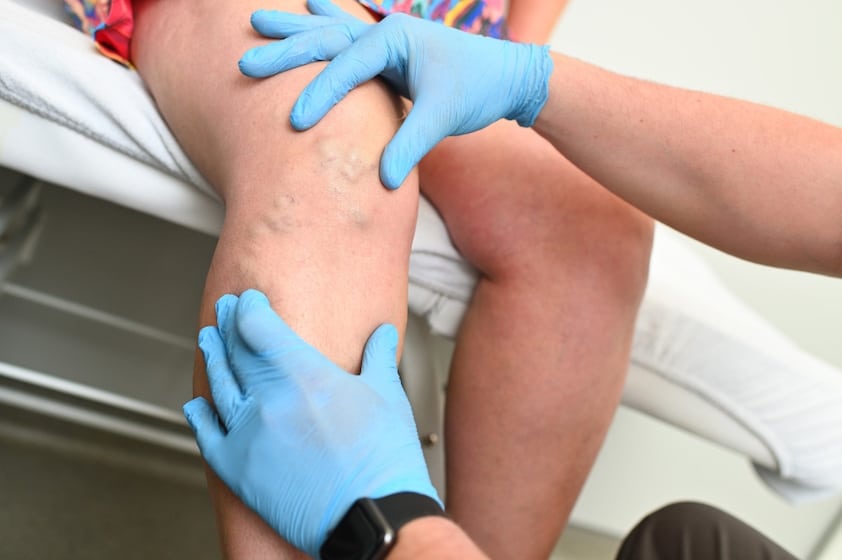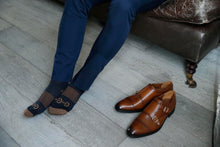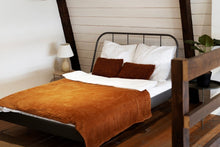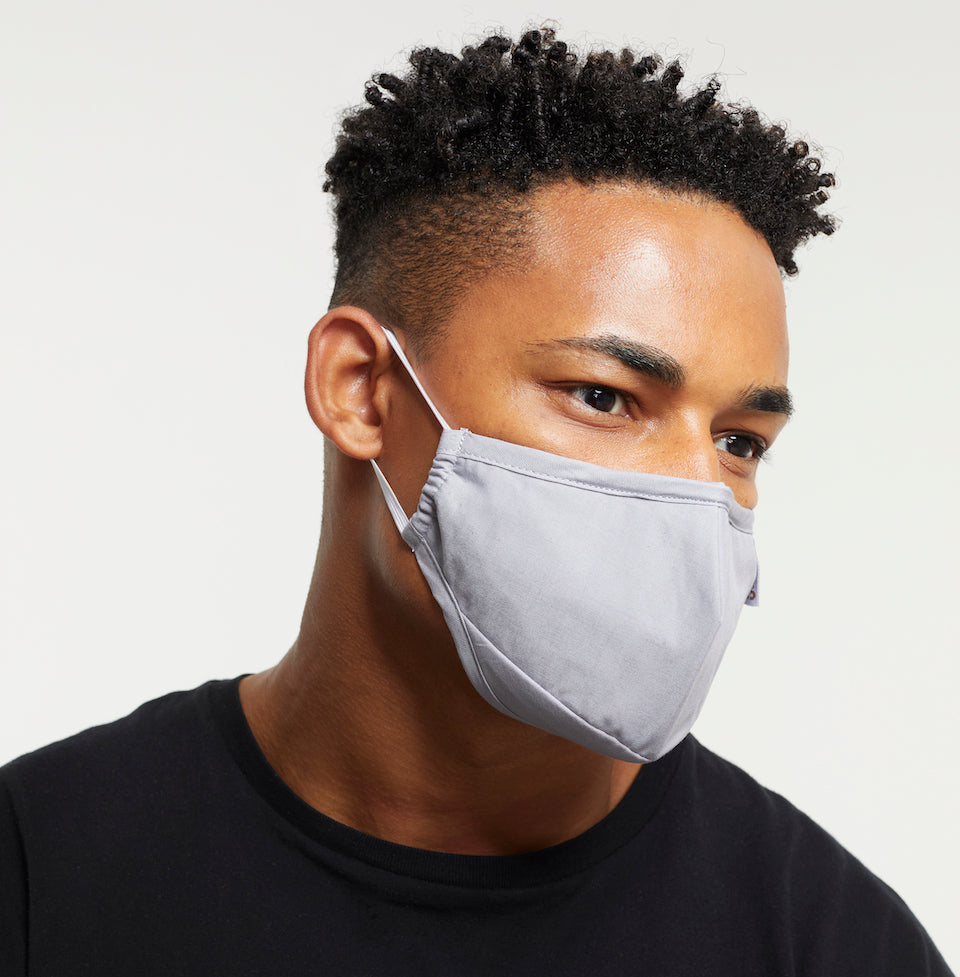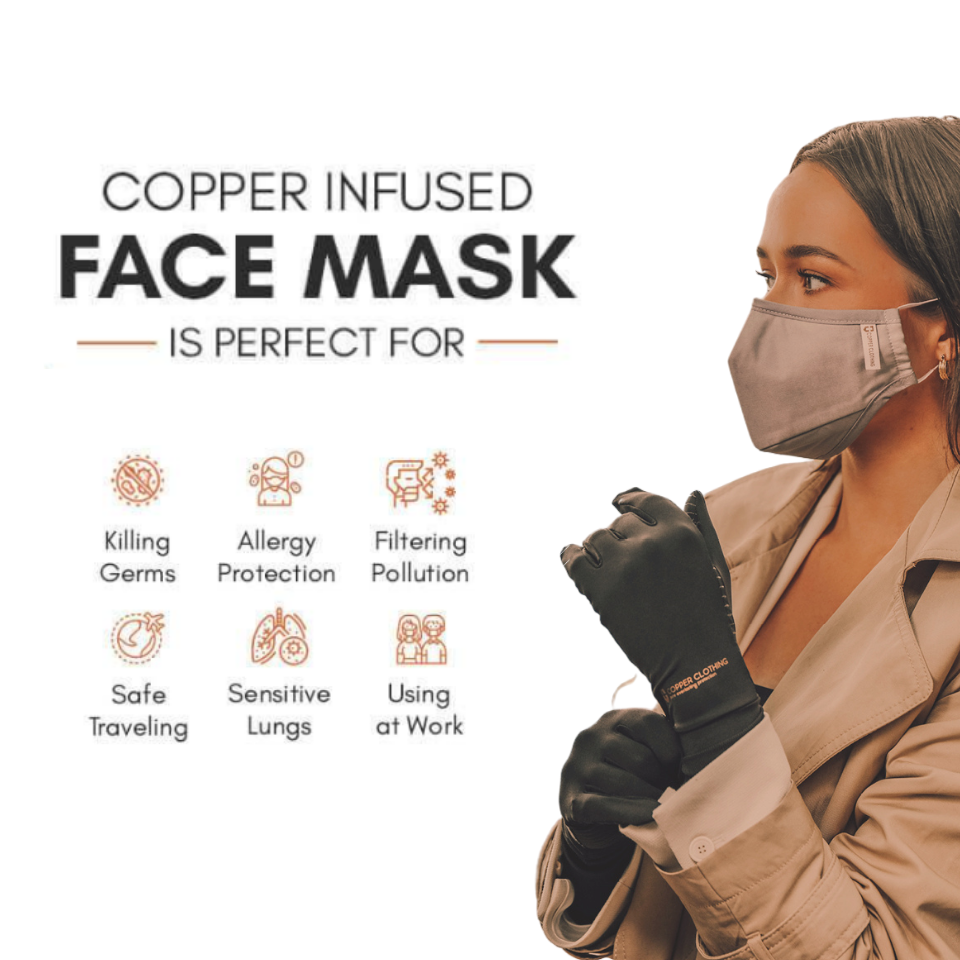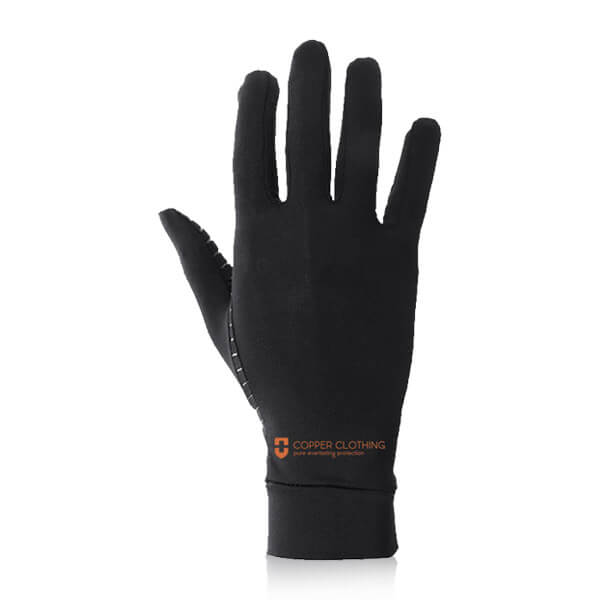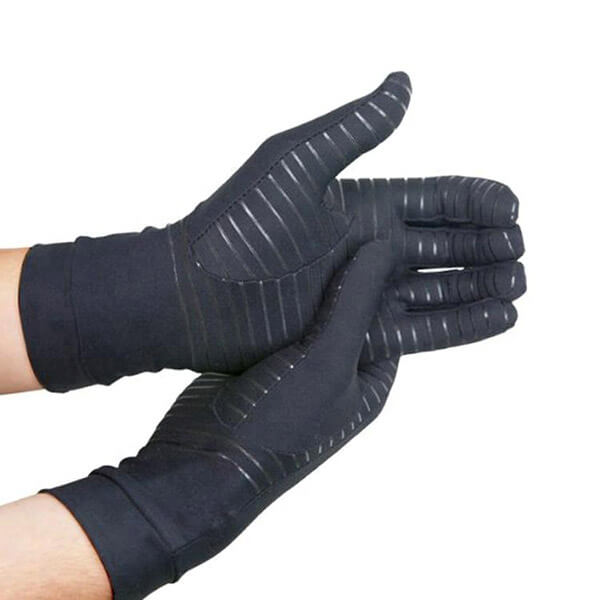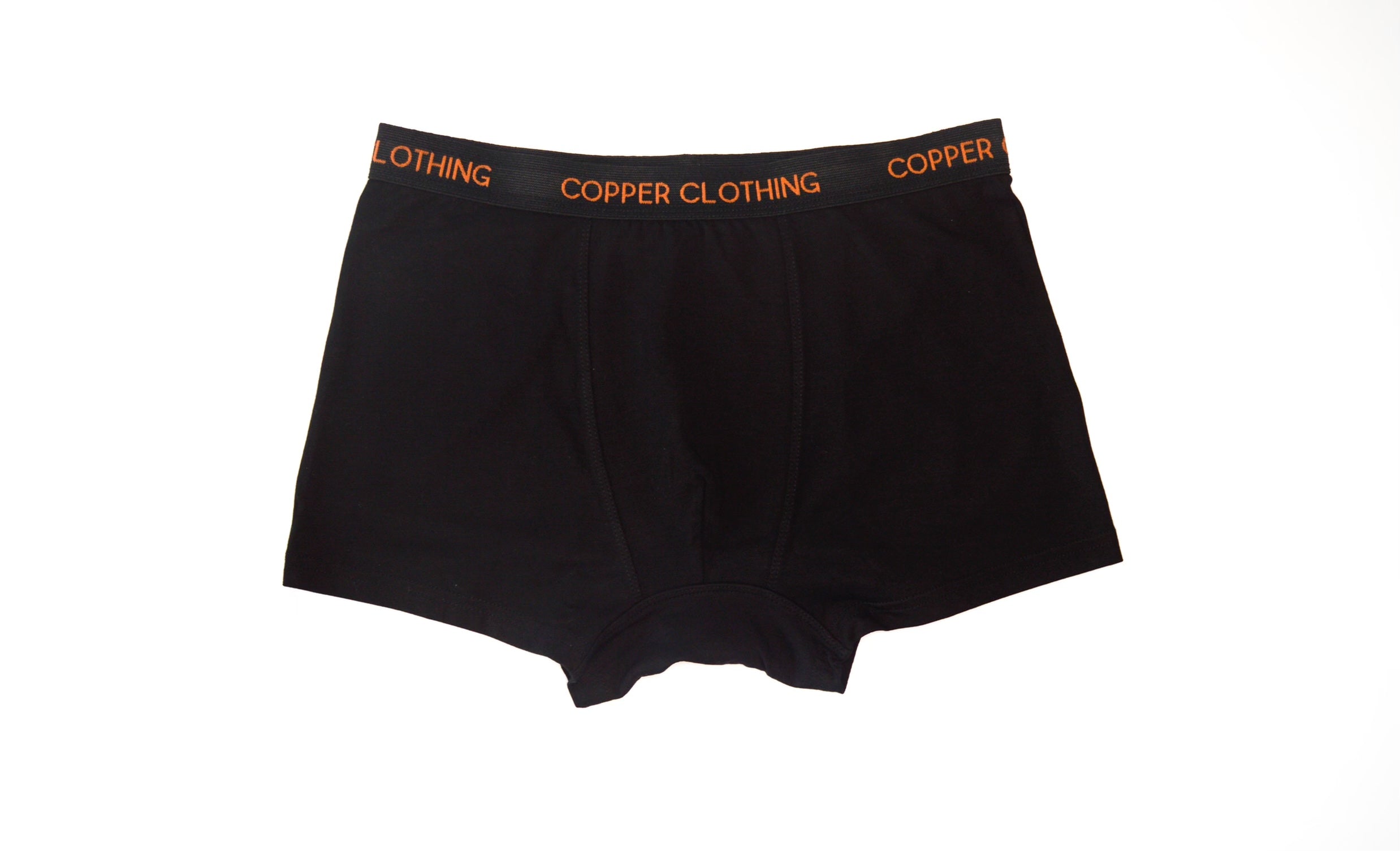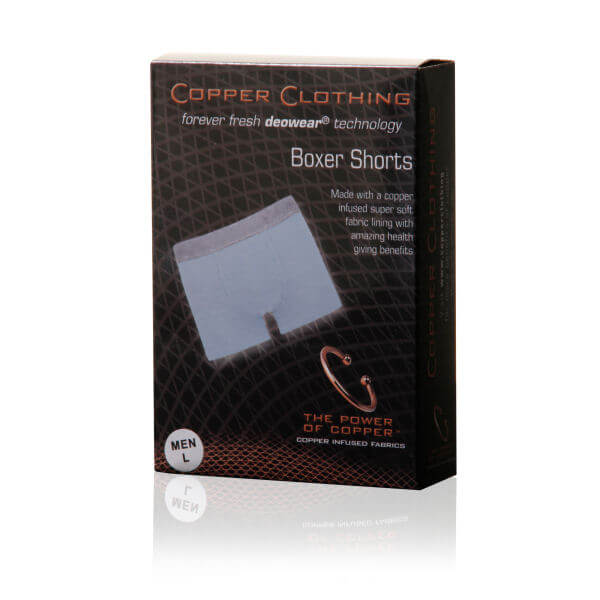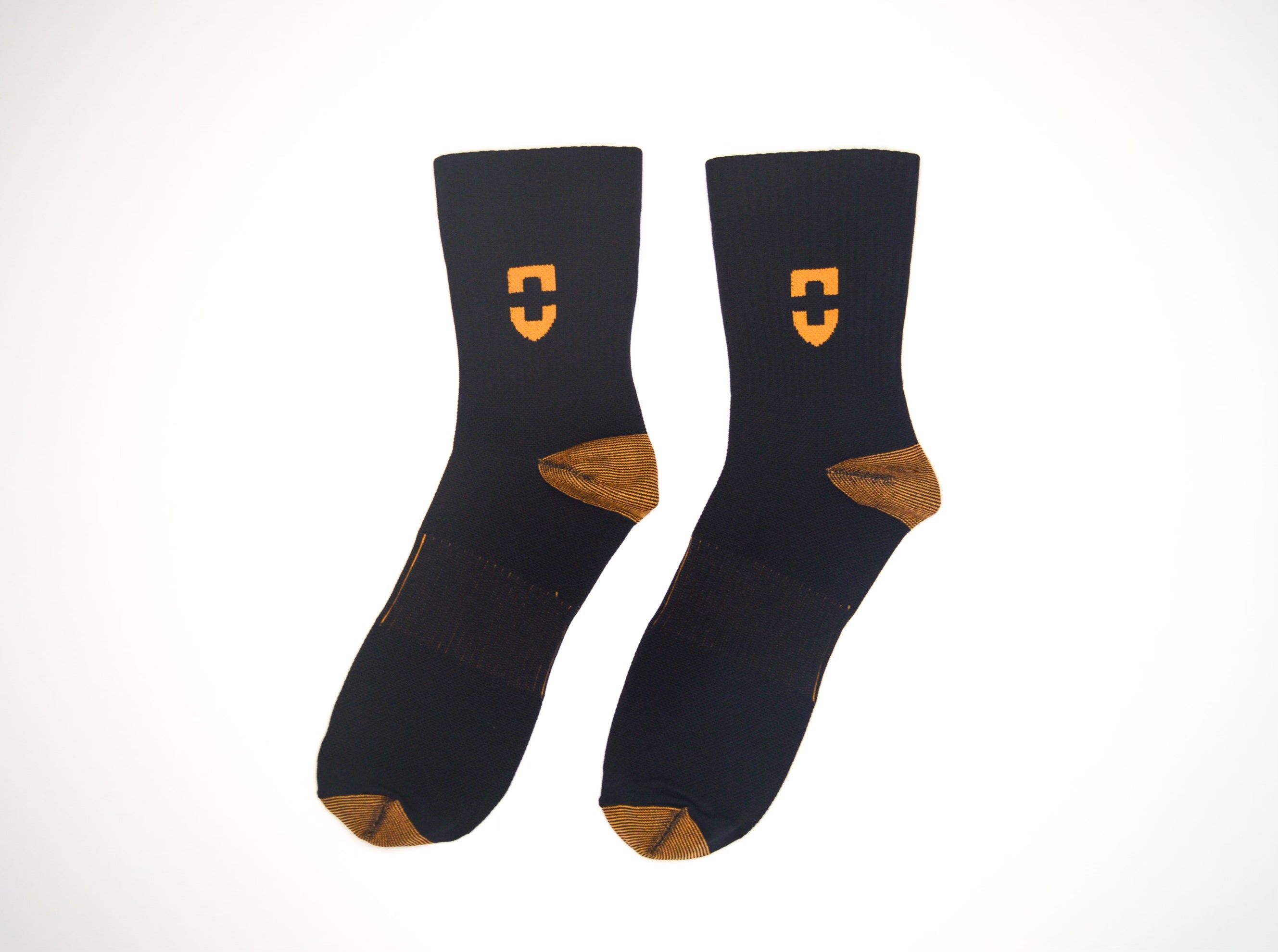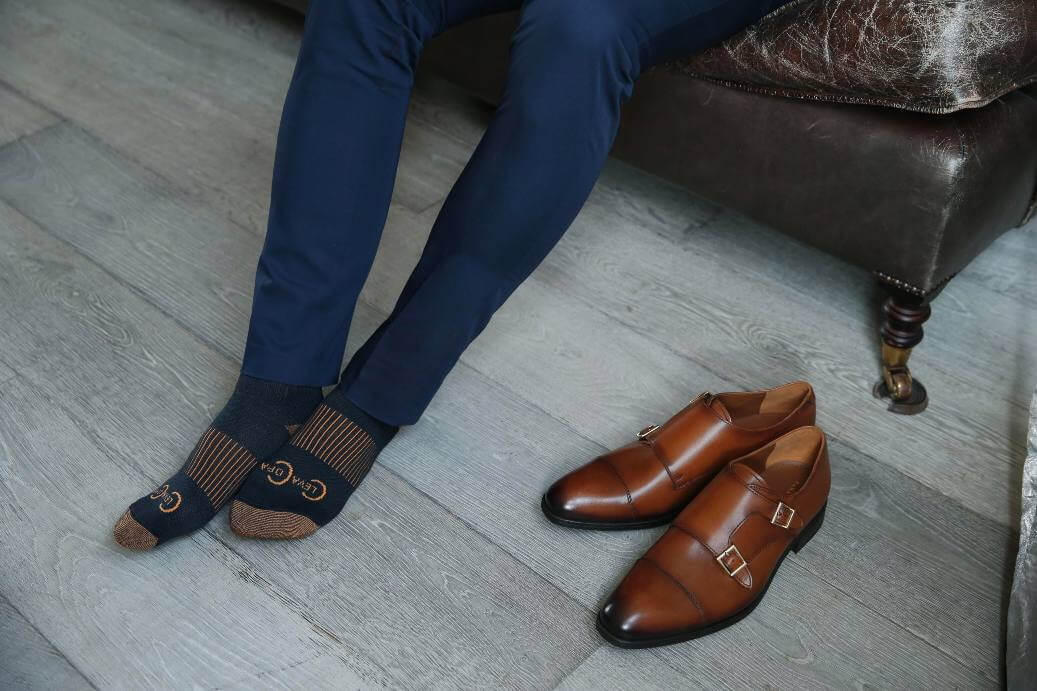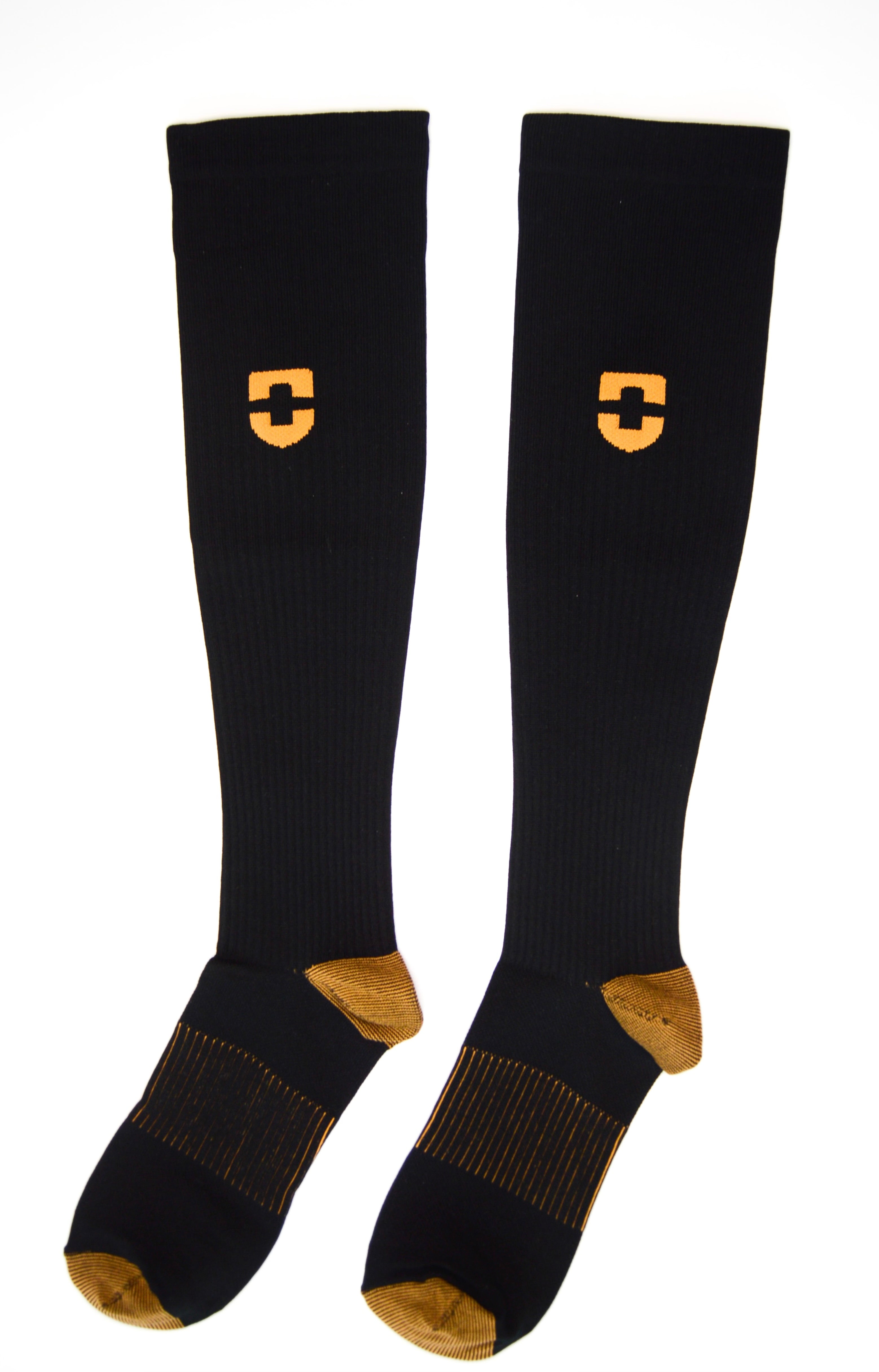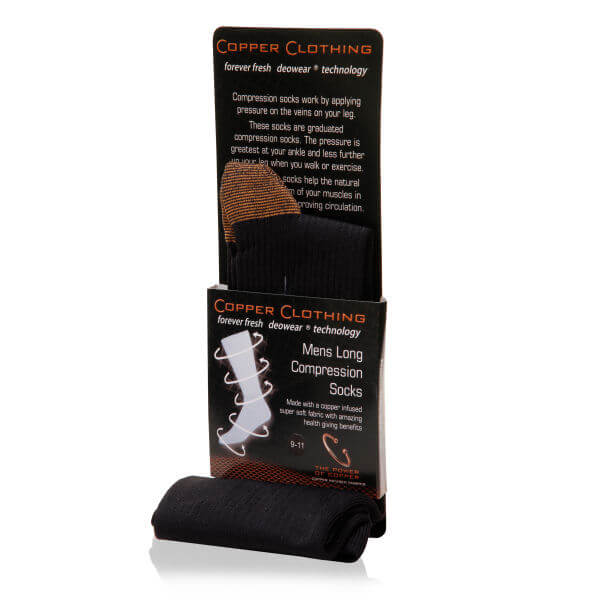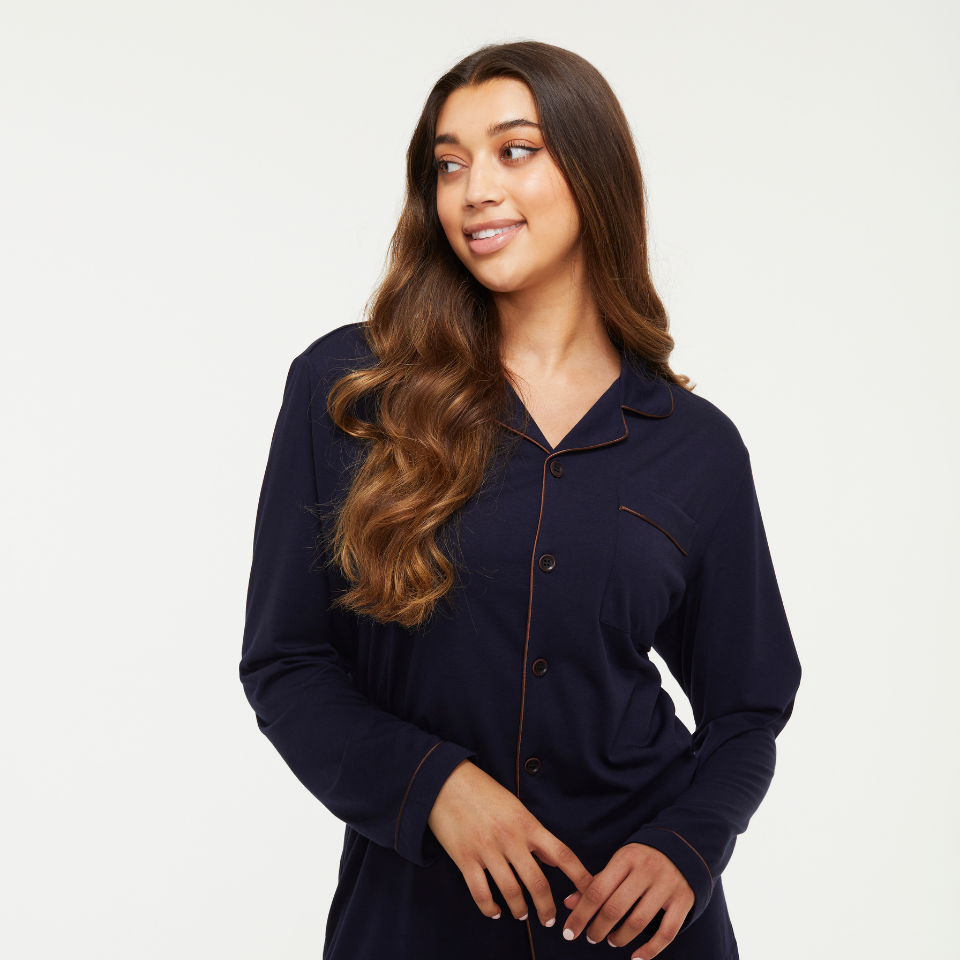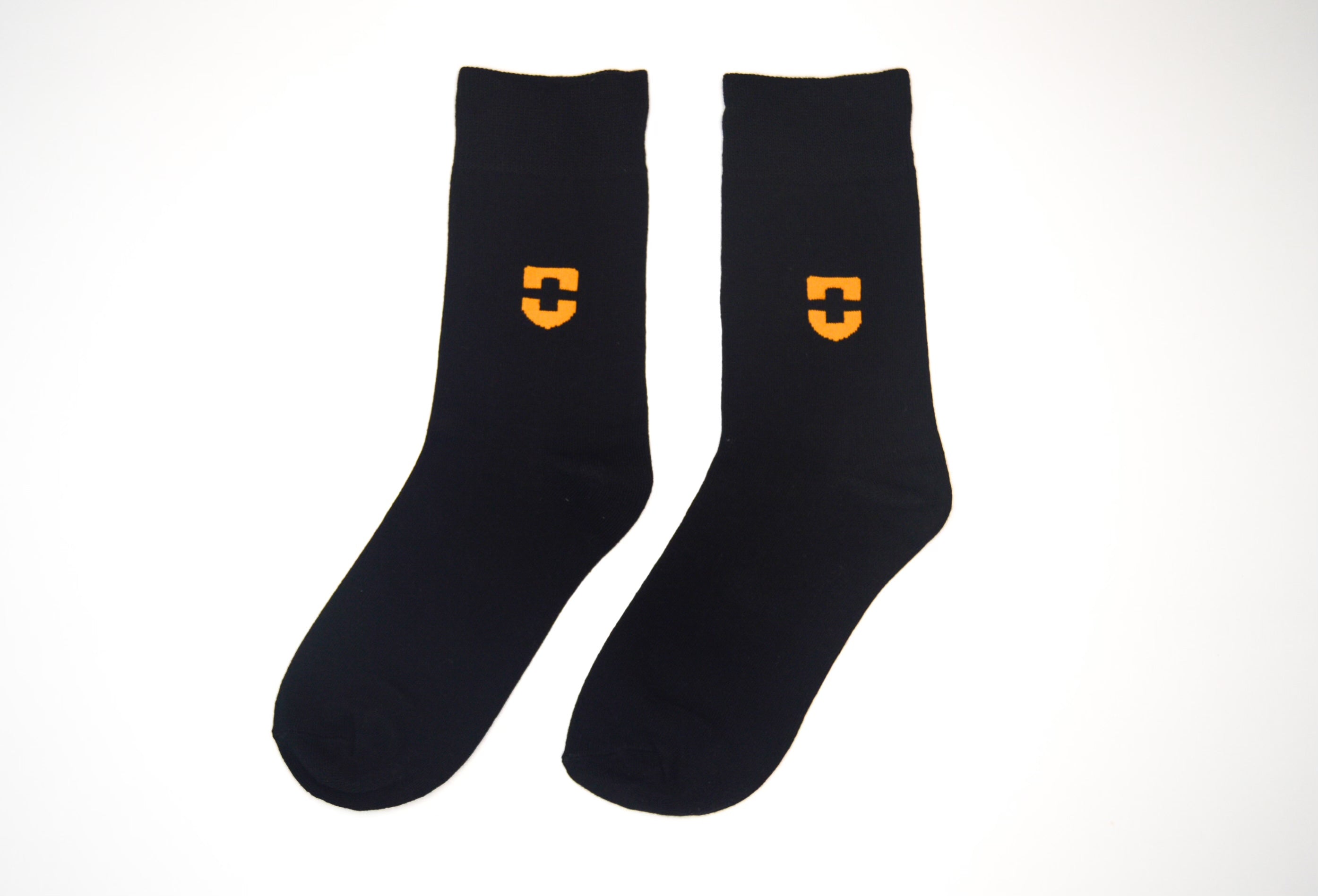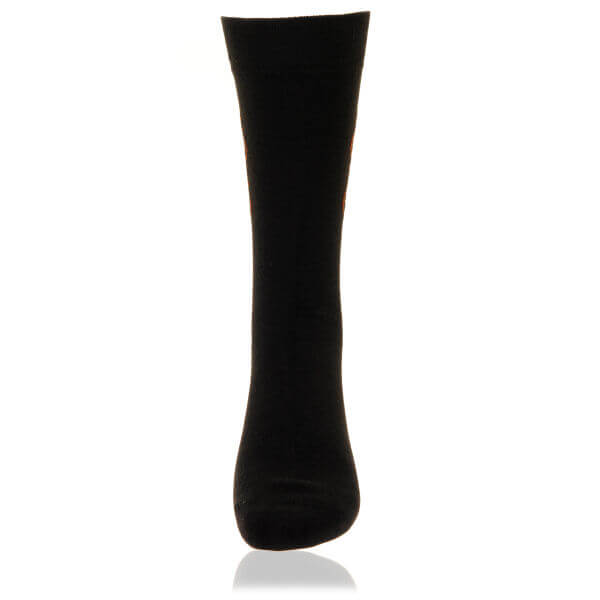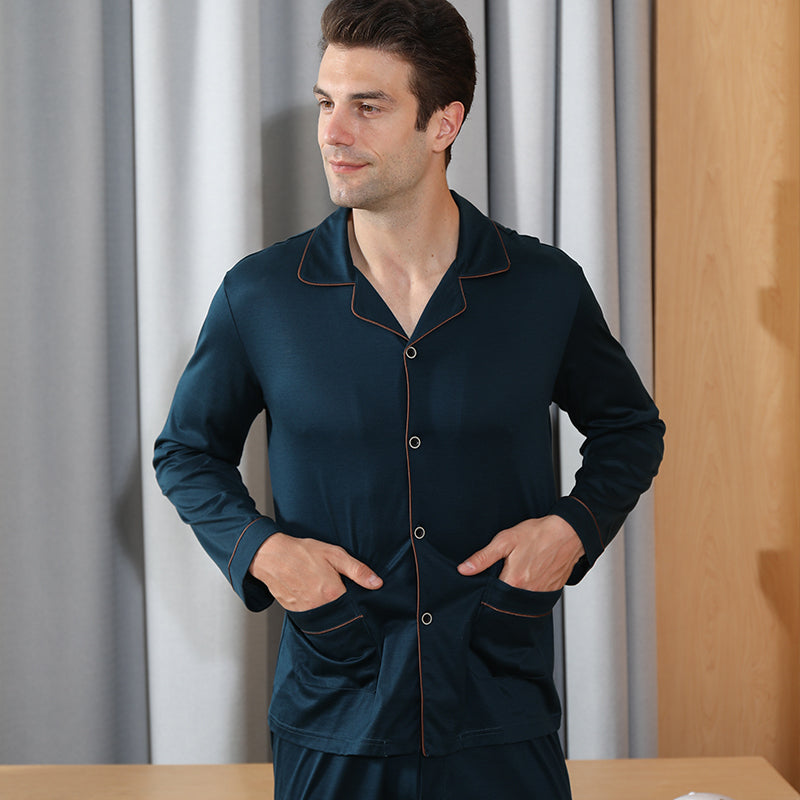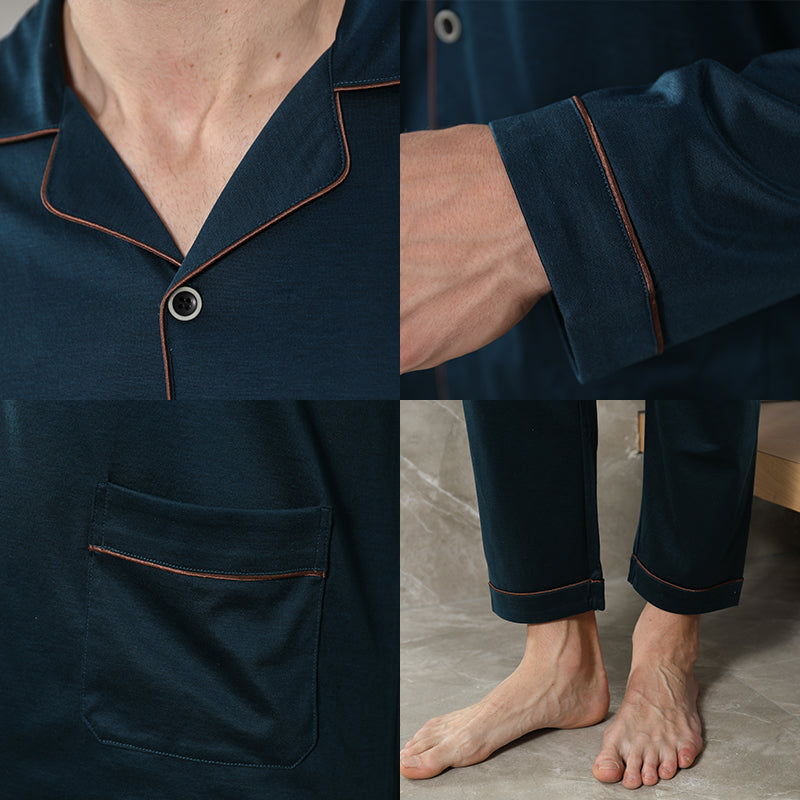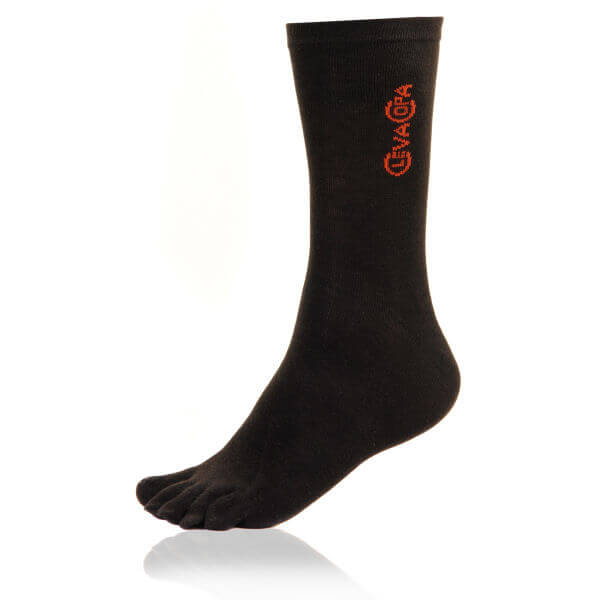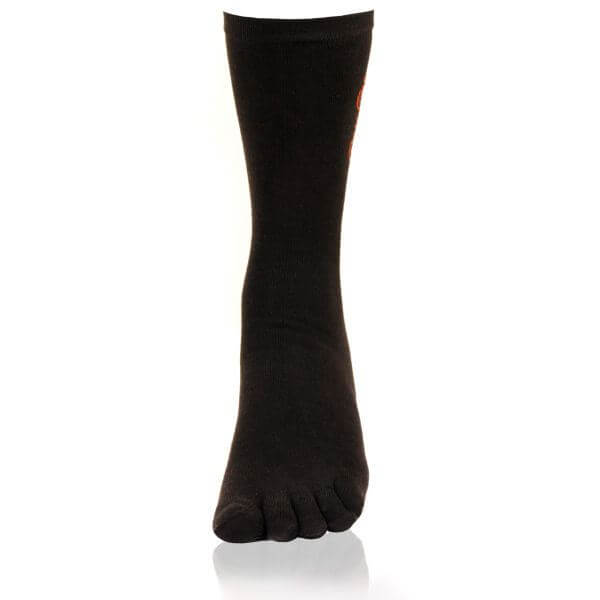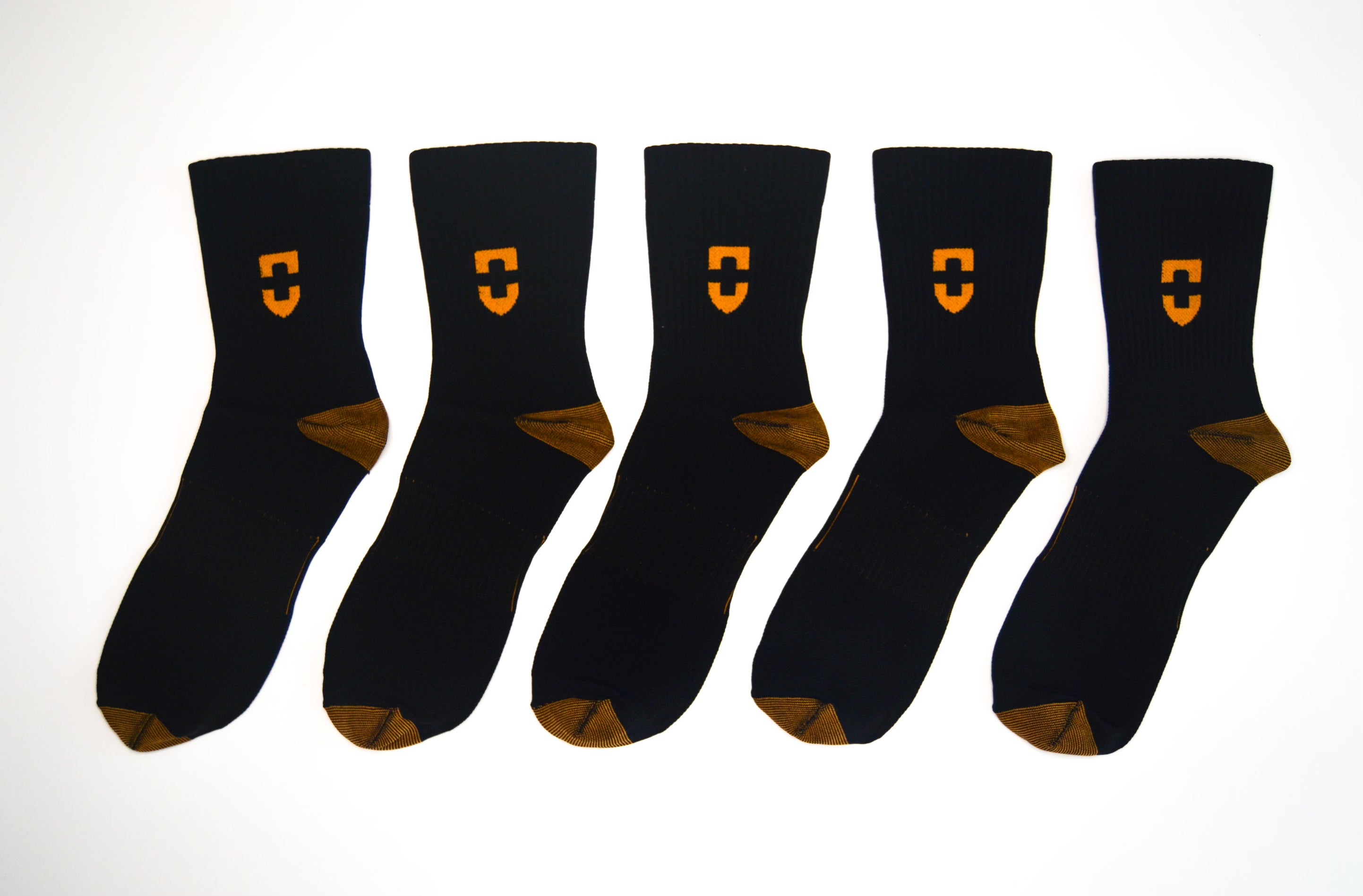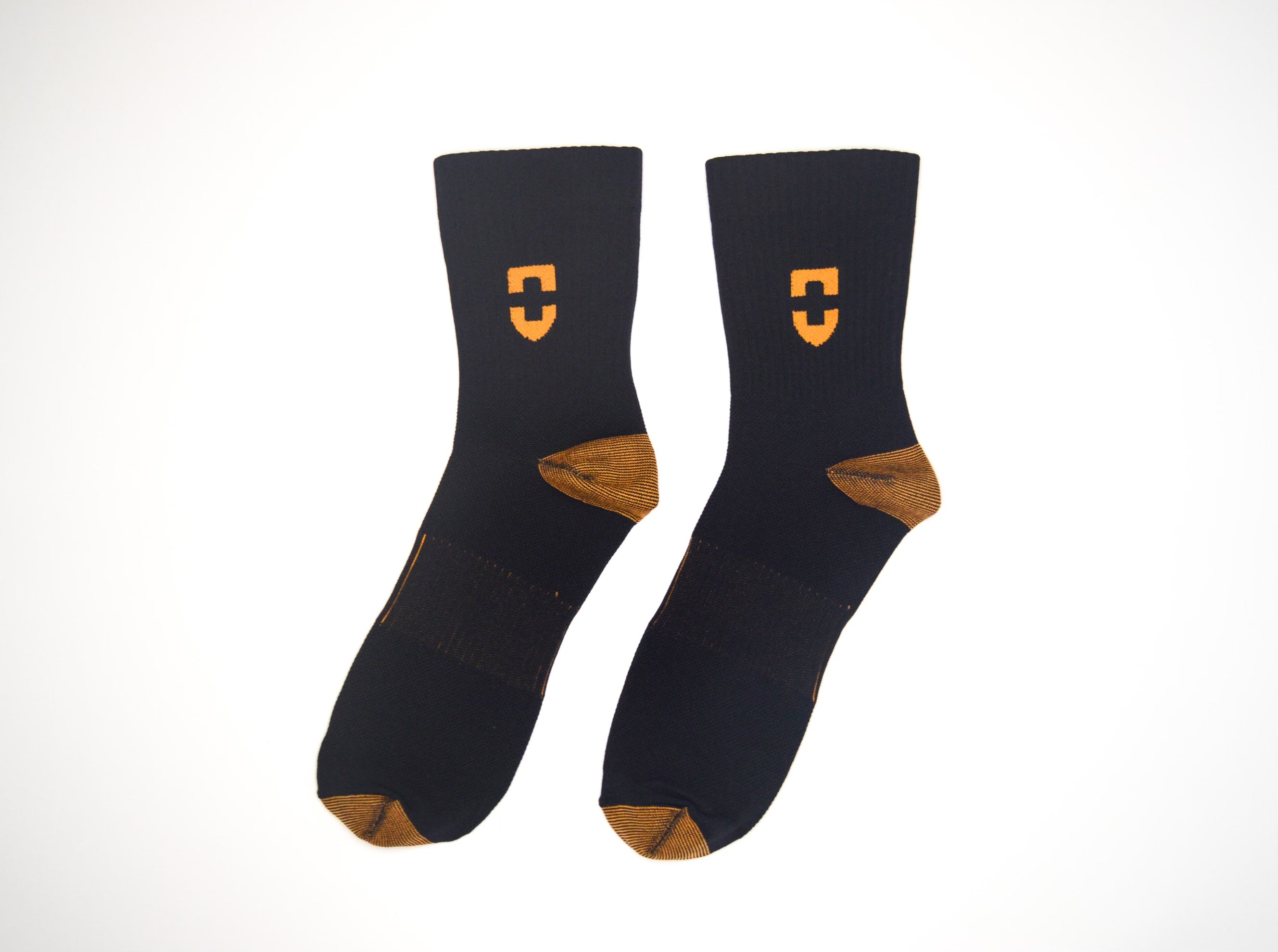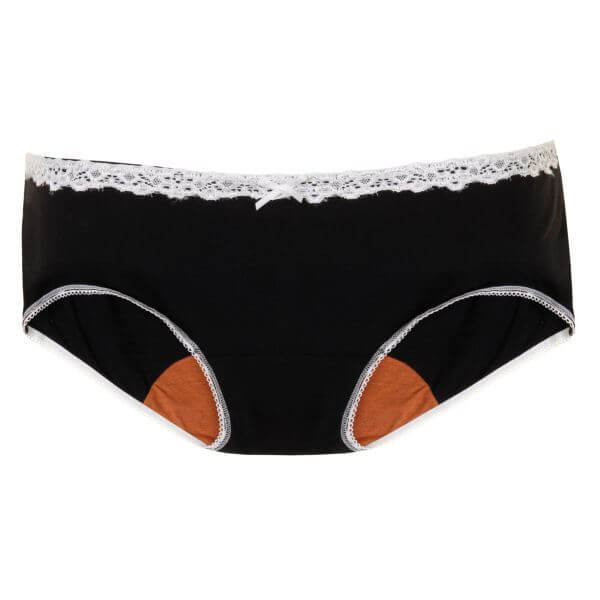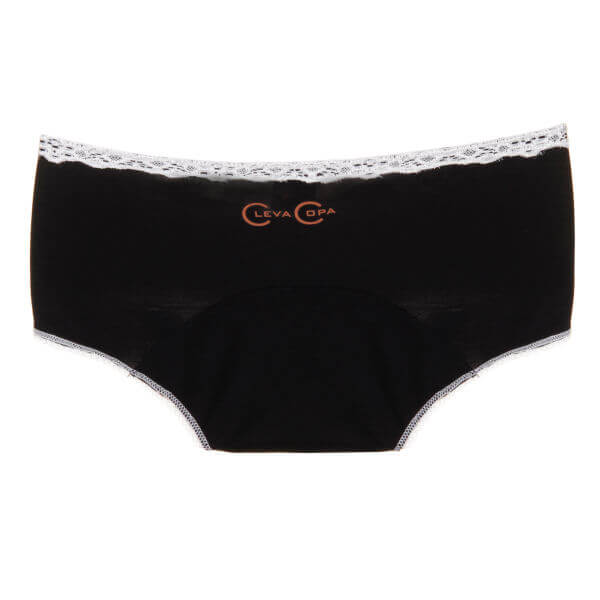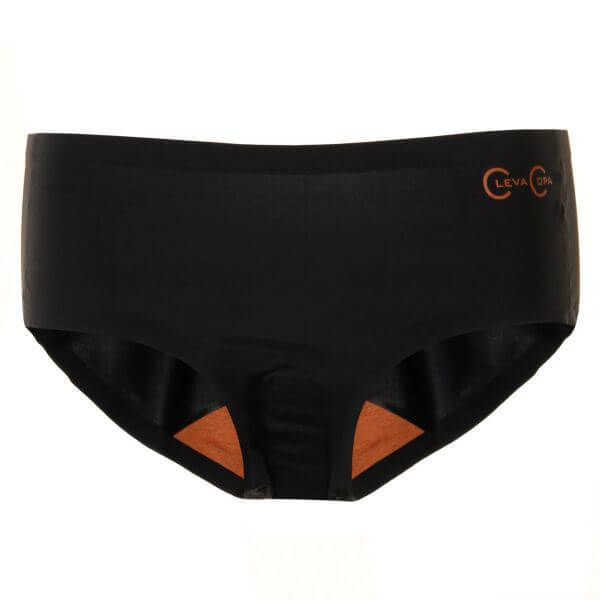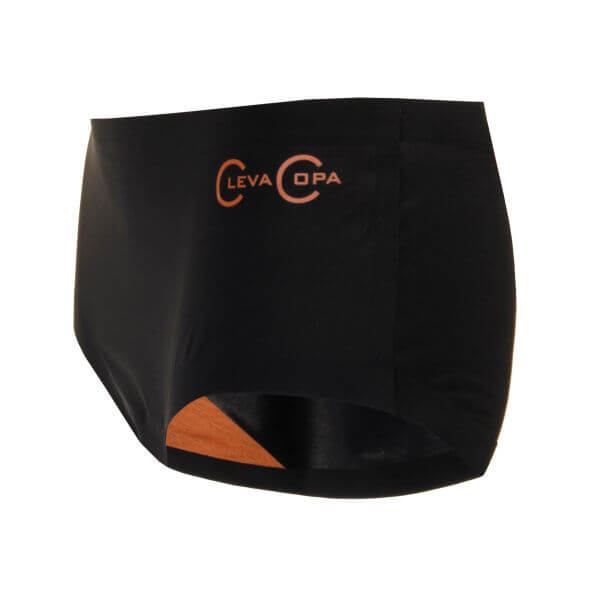Are Compression Stockings for Varicose Veins and Spider Veins Effective?
Published
October 21 2021
Stay up to date on Copper Product releases & deals.
Subscribe to Our Monthly Newsletter for Deals on Product Delivered to Your Inbox!
Varicose veins and spider veins affect anywhere from 30% to 60% of all adults, with more women affected than men. While they don't normally cause significant health problems, people often seek medical advice because they're unhappy with how these conditions affect their appearance or comfort.
Most people use the terms varicose veins and spider veins interchangeably, but they are different. The Mayo Clinic describes spider veins as - a common, mild variation of varicose veins, but varicose veins can cause pain and discomfort that can sometimes lead to more serious problems.
What Are Varicose Veins and Spider Veins?
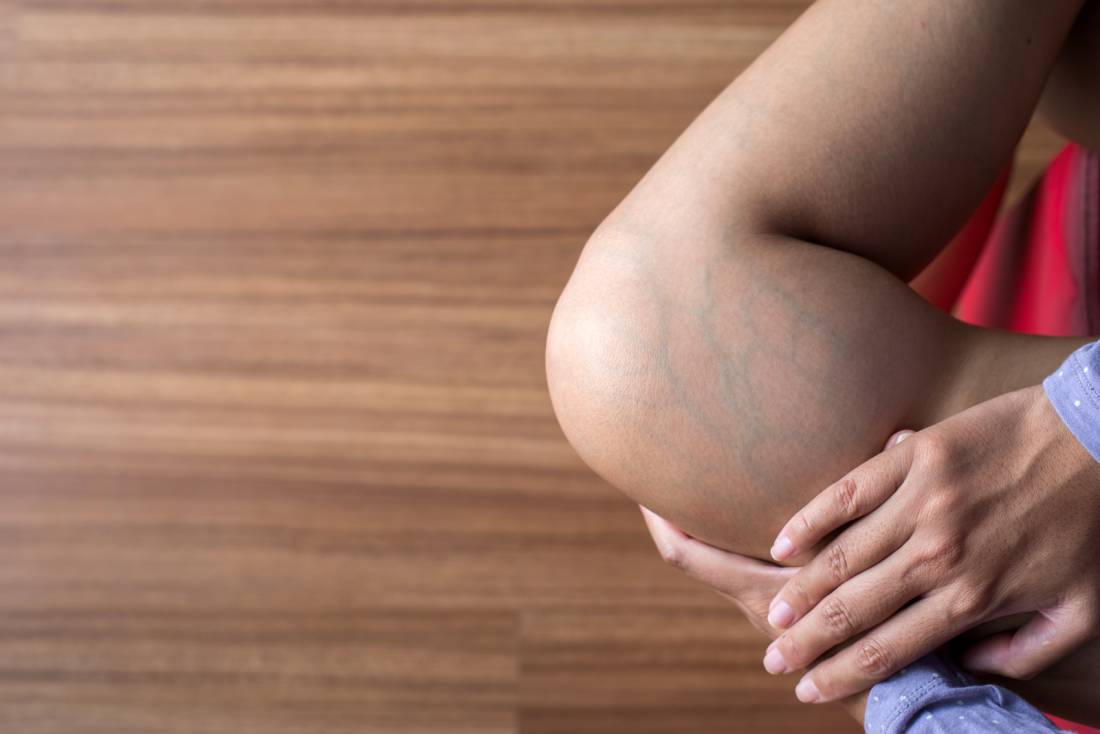
When veins twist and turn, become visible under your skin, or seem to bulge out, they are known as varicose veins. They normally show up near the calf or thigh, and may appear bluish, reddish or purple in colour. Spider veins are smaller and resemble spider webs, but are otherwise similar to varicose veins.
What are Spider Veins?
Spider veins, also known as telangiectasias, are clusters of small blood vessels that develop very close to the surface of the skin. Most commonly found in the face and legs, spider veins are of blue, red or purple hue, forming twisted and twirled lines.
Spider Veins Symptoms
Although spider vein symptoms are cosmetic in nature, they can develop into uncomfortable conditions that include:
- Throbbing
- Swelling
- Tingling
- Aching
- Itching
- Burning
- Heaviness
- Cramping
What are Varicose Veins?
Just like spider veins, varicose veins occur in the blood vessels due to blood back up, but they are much larger and appear more swollen than spider veins. They are most commonly seen in the legs.
Varicose Veins Symptoms
The symptoms include:
- Lethargy
- Aching and cramping
- Restlessness
- Throbbing
- Burning
- Darkening of the skin
- Tingling
- Swelling
- Heaviness
- Ulcers
In Severe Cases, Varicose Veins May Cause Complications Like:
- Oedema
- Pigmentation
- Ulceration
- Inflammation
- Thrombophlebitis, or blood clots
Varicose Veins vs Spider Veins - What's the Difference?
Although varicose veins and spider veins are both a result of venous insufficiency, there are differences between them:
| Varicose Veins | Spider Veins | |
| Appearance | Bulging, twisted blue blood vessels seen and felt right under the skin surface | Tiny blue or red lines (less than 1 mm in diameter) branching out, looking like a a spider web under the skin surface |
| Symptoms | Feeling of discomfort, heaviness, or swelling in the legs | Almost always painless |
| Complications | Blood clots and/or non-healing sores | Do not lead to other health problems |
| Need for Treatment | Necessary for preventing worsening of the condition and improving the look and feel of the legs | Usually done for cosmetic reasons |
What Causes Varicose Veins and Spider Veins?
Varicose veins occur due to a condition known as venous insufficiency. Our heart pumps blood throughout our bodies through a system of veins and arteries. Arteries move fresh blood to different parts of the body, while veins carry it back to the heart. The relaxation and contraction of muscles helps the blood move where it needs to go. Veins also contain valves to stop blood from flowing back into them. Venous insufficiency is when these valves are damaged or not working correctly, causing blood to pool and collect in our veins. This causes them to bulge outward, particularly in the legs where the weakened valves cannot fight the force of gravity.
The Following Factors May Affect Your Likelihood of Getting Varicose Veins or Spider Veins
- Heredity
- Obesity
- Blood clotting disorders
- Long periods of standing, e.g. if you’re a nurse or teacher
- Hormonal changes during puberty, pregnancy, and menopause
- Hormonal replacement therapy, birth control pills and other medication
- Increased abdominal pressure from constipation, tumours, tight garments, etc.
- Skin trauma/injury
- Vein surgery
- UV exposure
What are the Conditions for Which You Can Use Compression Stockings?
Compression stockings or socks support healthy blood circulation and help prevent a variety of health conditions, including:
- Spider Veins
- Varicose Veins
- Chronic Venous Insufficiency
Compression Stockings for Varicose Veins
Do compression stockings or socks help varicose veins? Yes, compression stockings fit tightly around the foot to offer gradient pressure that encourages healthy blood flow. The compression stockings or socks helps the veins of the lower leg push blood back to your heart. By decreasing pressure in your veins and supporting healthy blood flow, compression stockings not only relieve symptoms but also prevent varicose veins from worsening with time.
Compression stockings for Spider Veins
Do compression stockings or socks help spider veins? Yes, compression stockings apply controlled pressure on your leg – the compression is strongest at the ankle, while it decreases going up the leg. The compression stockings or socks squeeze the vein walls gently, allowing blood to flow back to the heart. This reduces venous pressure and improves blood circulation. The socks and stockings help prevent the formation of additional spider veins and reduce the symptoms of spider veins.
Which Type of Compression Stockings Should You Use?
The right type of compression Stocks or Stockings depends on the type, number and underlying cause of the varicose veins or spider veins.
The three different types include:
- Support pantyhose: Although they exert some pressure, it is the least tight option.
- Compression socks and stockings: These provide better support than pantyhose and offer a range of pressures. They are easily available at pharmacies, drugstores, and online stores.
- Prescription compression stockings: These compression stockings offer the greatest amount of pressure. A specialist usually fits them to ensure that the pressure is just right and doesn’t adversely affect the person’s blood circulation.
It’s essential that you know the right way to wear compression socks. Read this quick guide on how to use the compression socks here. |
How Does Copper-Infused Compression Apparel Help?
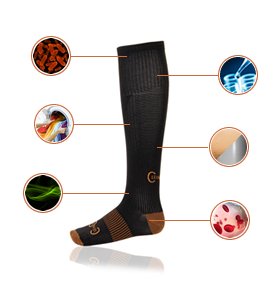
One of the most common treatment options is the use of compression garments, particularly compression socks or stockings. These apply graduated pressure to help blood flow back to the heart. Compression will normally be highest near the ankle and reduce as you go up the length of the sock. By forcing blood to move back toward the heart, compression stockings help improve circulation in your legs.
Copper-infused compression socks also promote better thermal regulation and healing, reduce inflammation and combat infection-causing bacteria, fungi and viruses. Since they’re anti-microbial, they help with odour prevention as well.
|
Related Read: The Ultimate Guide to Copper Compression Socks
|
11 Benefits of Copper Compression Socks
Historically, copper is known to kill microorganisms, reduce inflammation and improve blood circulation and other inflammatory diseases. When the benefits of copper are infused in compression socks or stockings, the combination is extremely beneficial. Here are the 11 benefits of using copper compression socks:
- Anti-microbial
- Anti-inflammatory
- Anti-odour
- Improves blood circulation
- Makes your skin healthier, firmer and softer
- Completely durable
- Performs better than silver
- Manages moisture
- Enhances thermal regulation
- Enhances recovery
- 100% natural
Depending on the pressure needed for your condition, there are different compression levels.
| Read this to find out how to choose the right compression level for you. |
When Should You Wear Compression Socks?
Standing or sitting upright for long hours causes circulation problems. Therefore, you can wear compression stockings or socks during the day for better blood circulation. If you are wondering how often should you wear compression socks for varicose veins, you might want to keep them on during the day and at night as well to improve blood circulation.
The Takeaway!
Compression stockings, also known as pressure or support socks, are the first treatment choice for varicose veins and spider veins. They are available in various lengths and compression strengths, allowing you to choose what suits you best. If you suffer from varicose veins or spider veins, checkout Copper Clothing's range of copper compression socks now!


